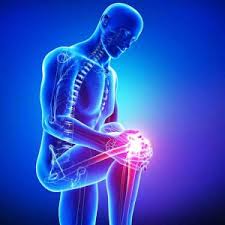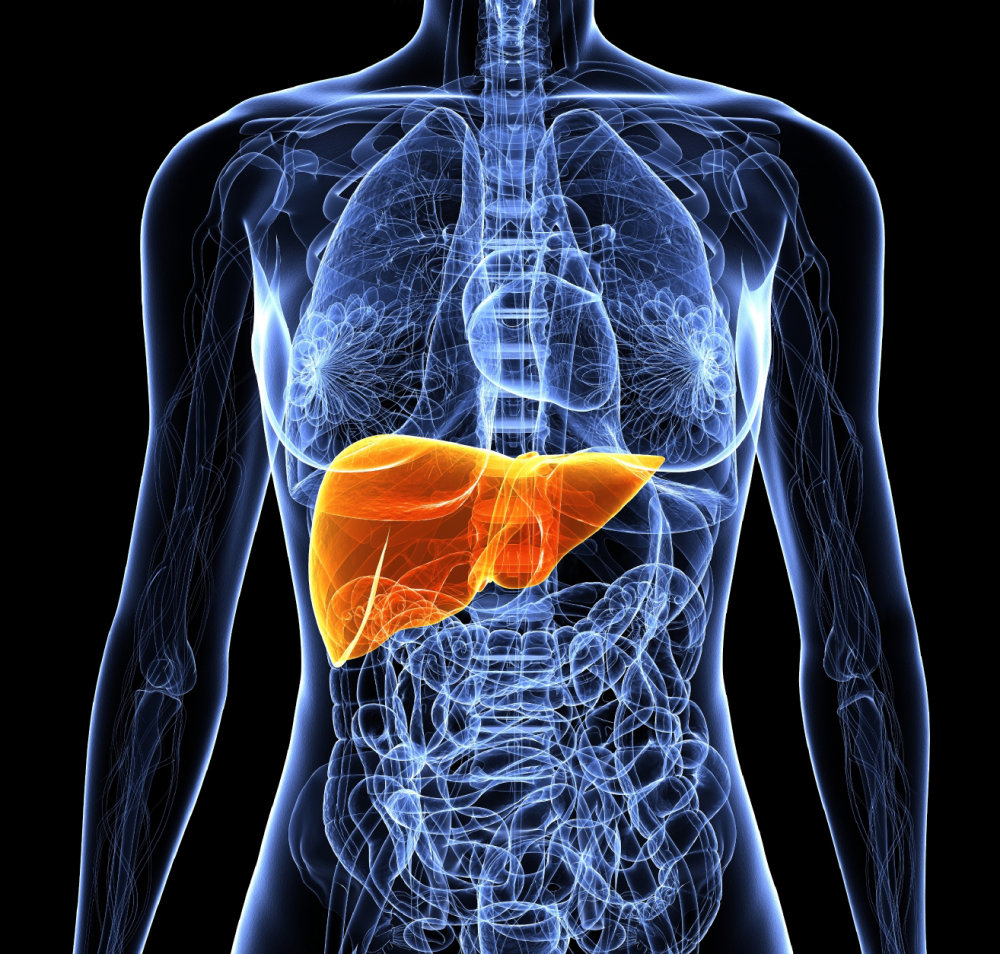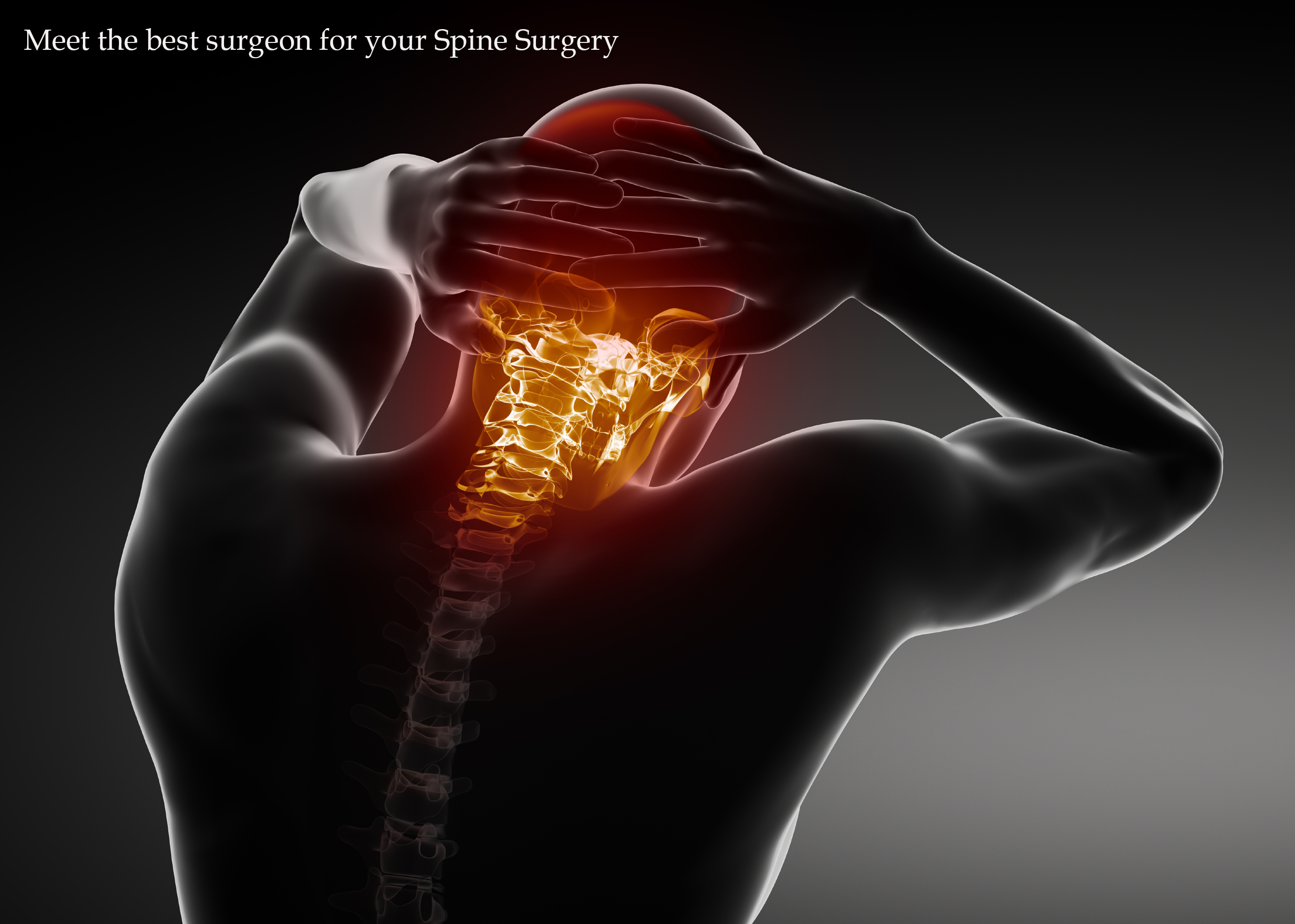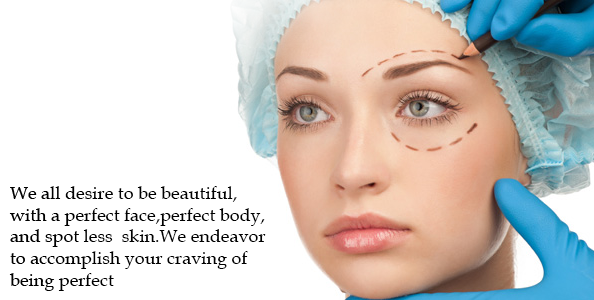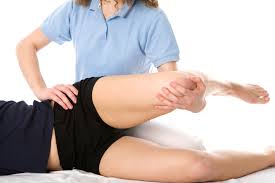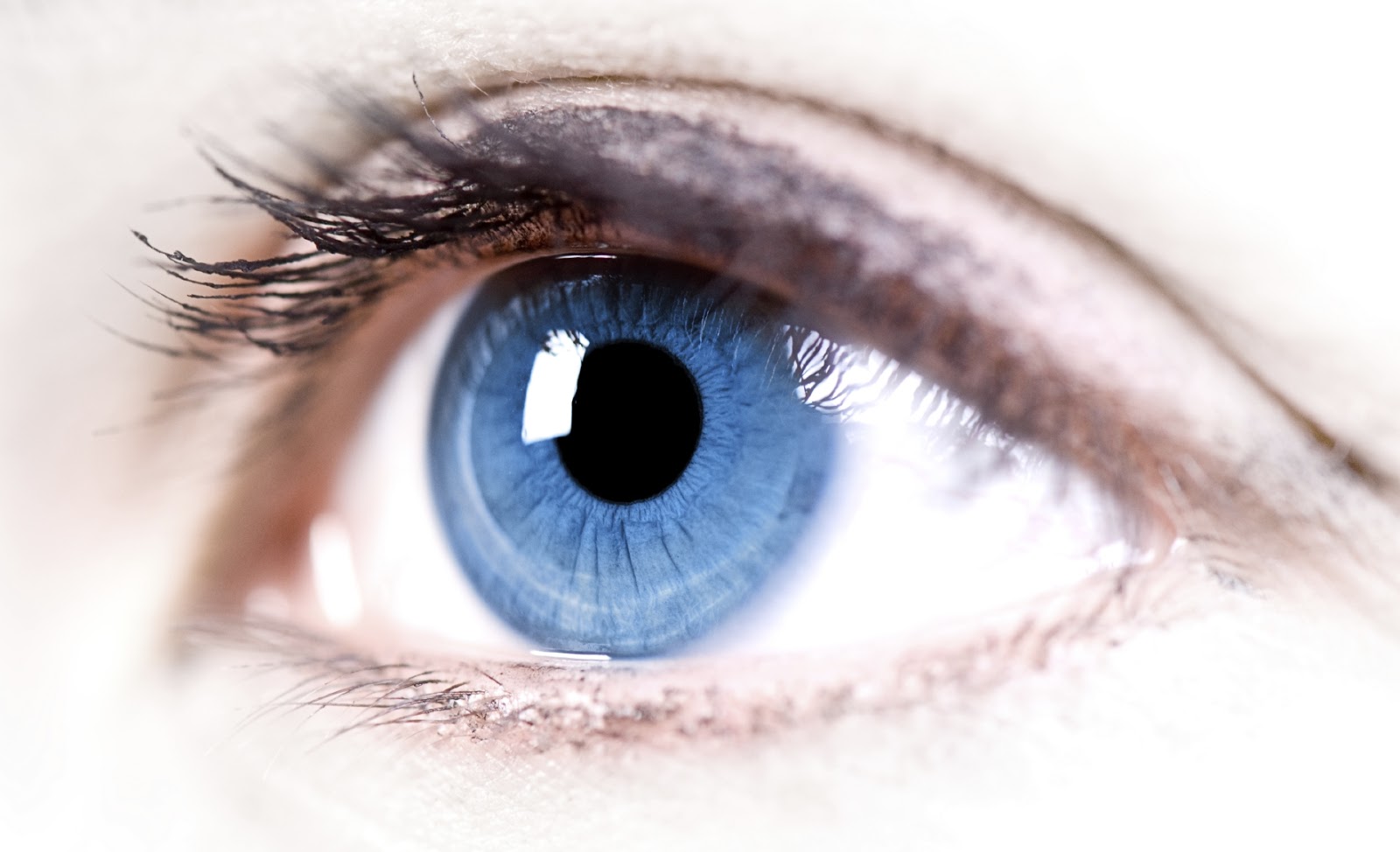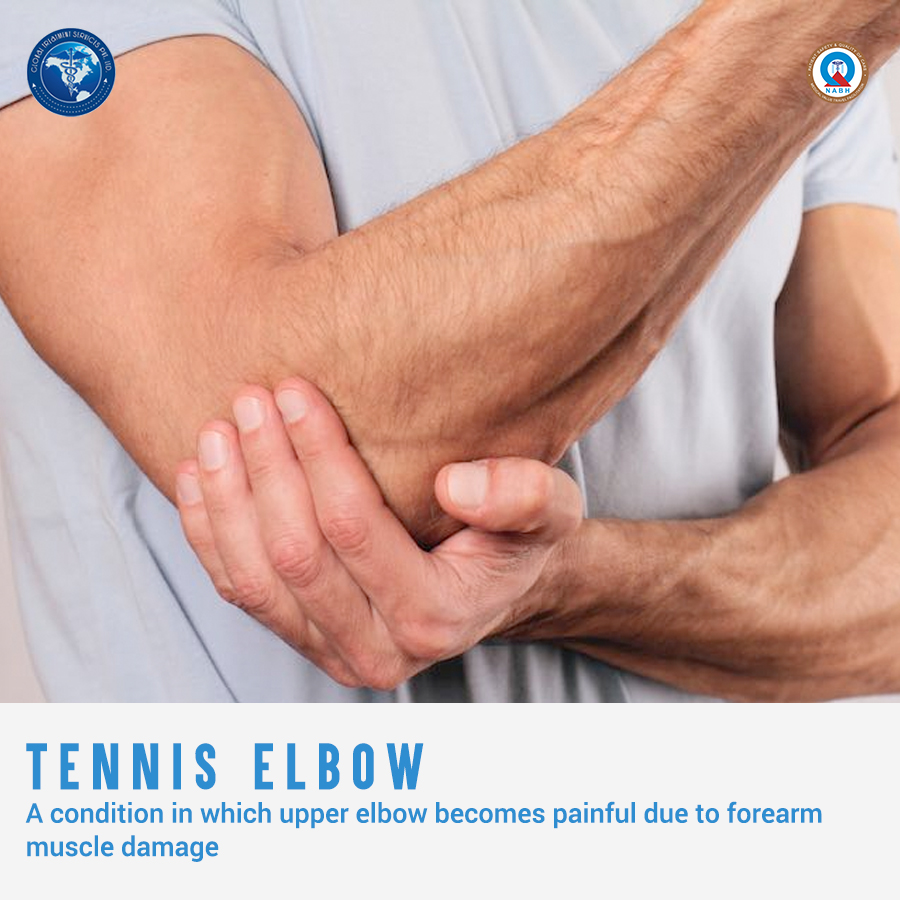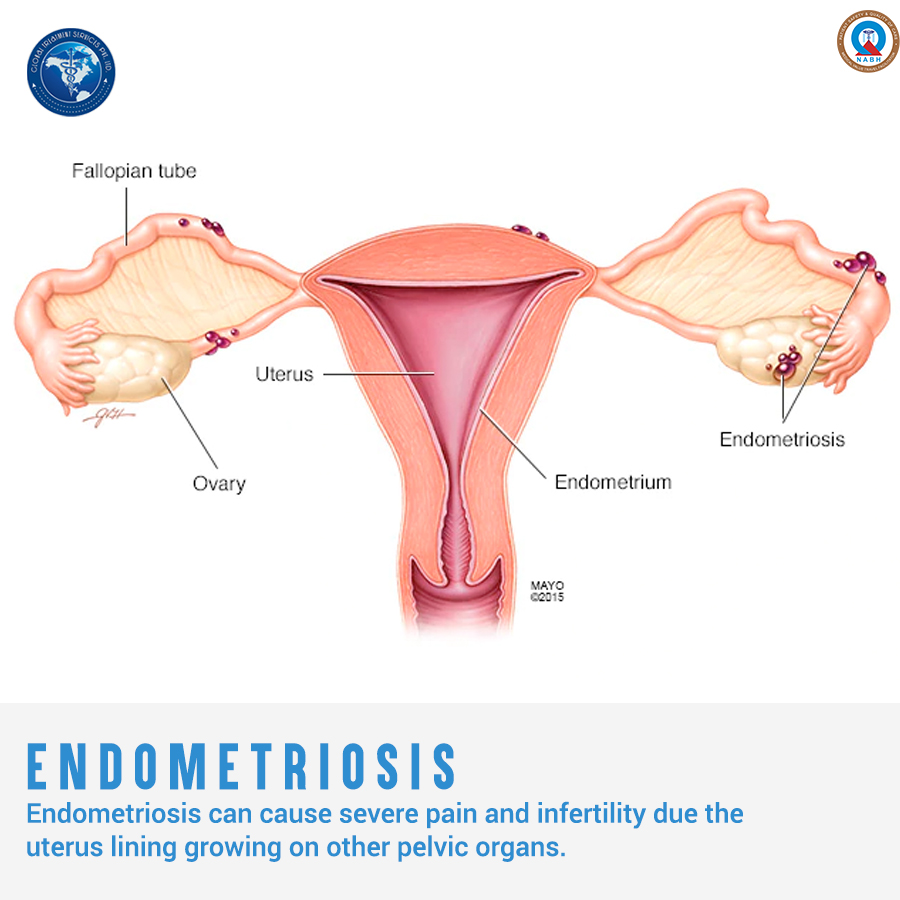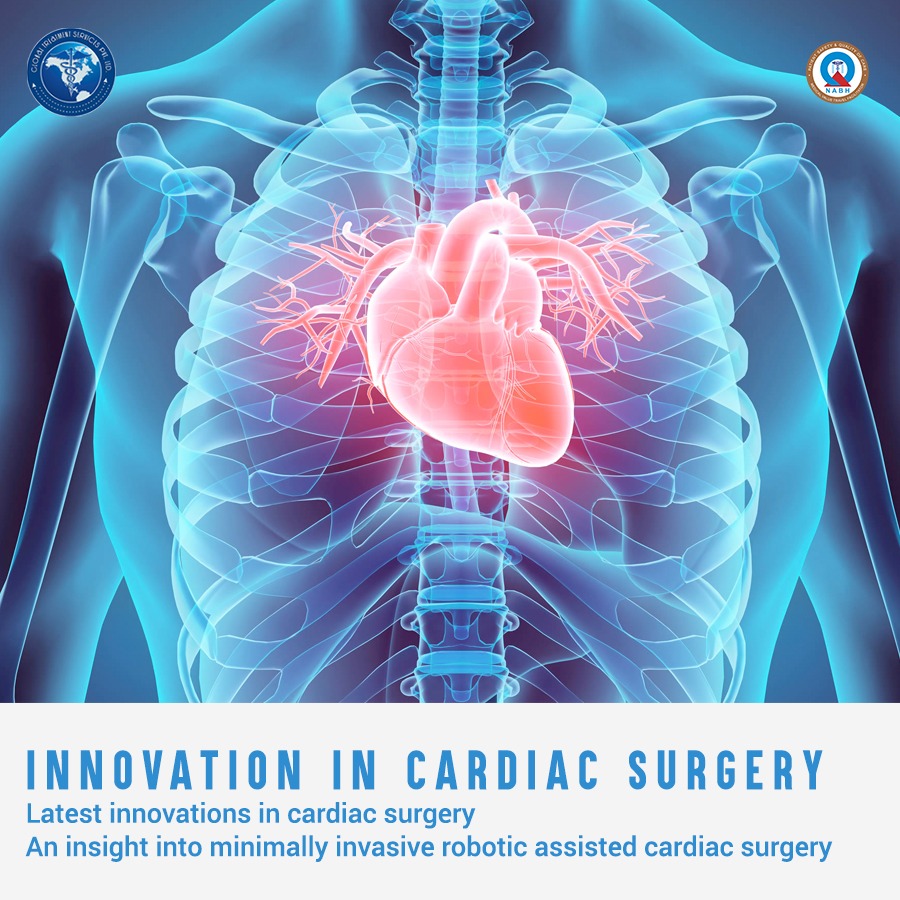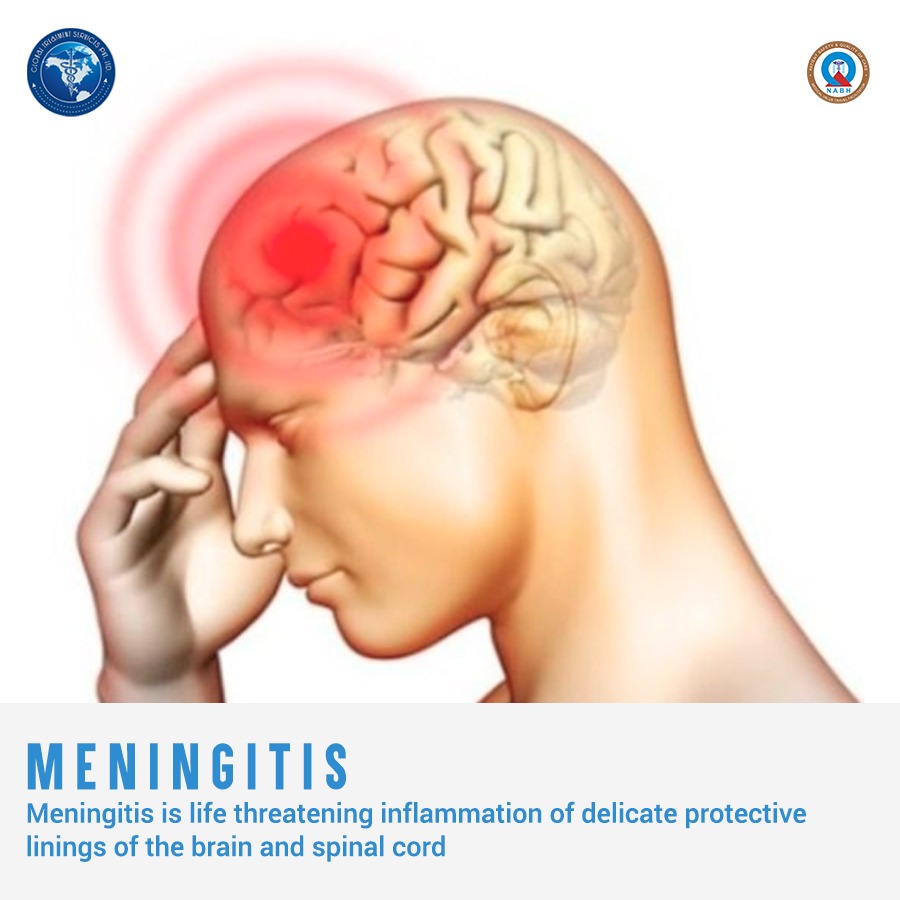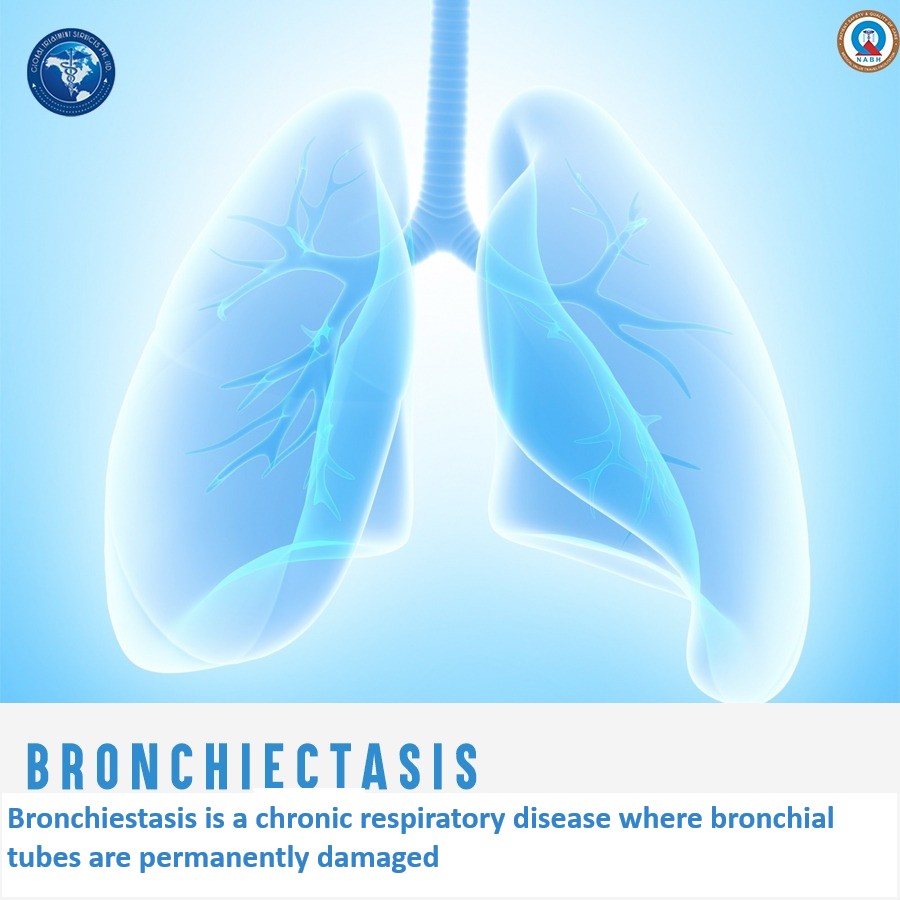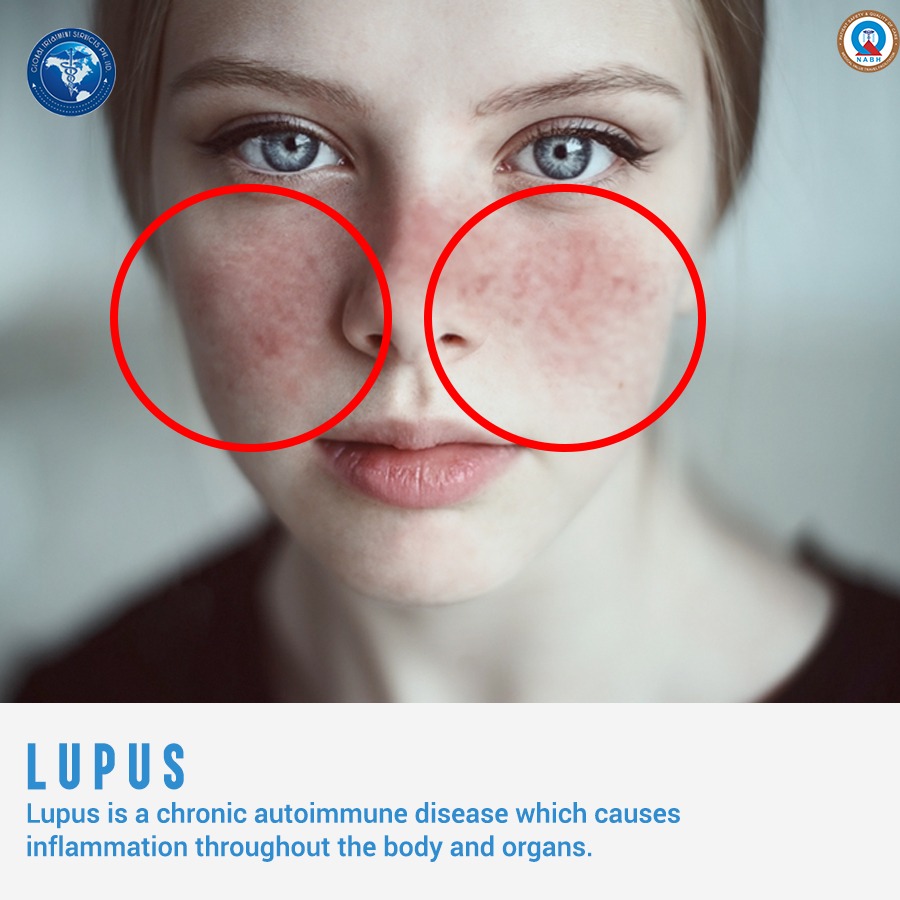India has several feathers to her hat.And is in the process of adding another golden one,namely ‘the medical tourism hub’.The country is already ranking among the top 5 wellness destinations in the world.According to Federation of Indian Chambers of Commerce and Industry (FICCI),half a million foreign patients avail treatment facilities in India annually.The latest data by the Indian government shows a whopping 45% increase in the medical visas issued in the year 2016 alone.It is estimated that India’s current share of 18 % in the global medical tourism market will increase to 20 % by 2020 valued at 9 billion USD.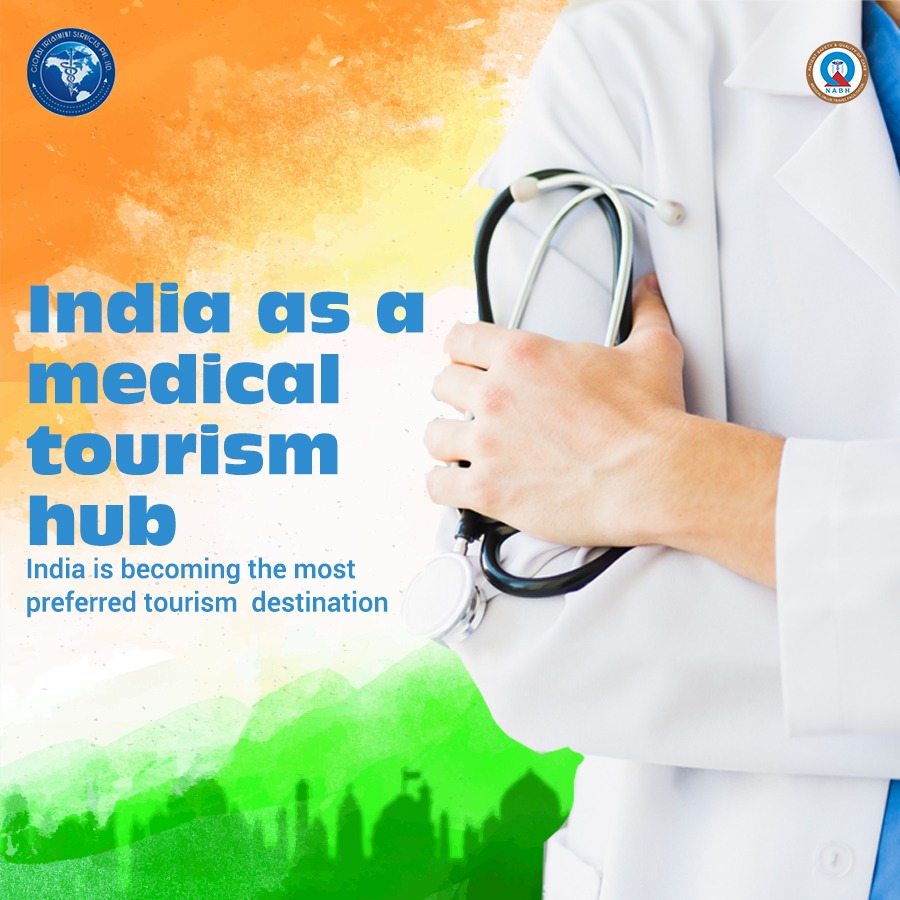
Several factors contribute to making India a favourite medical destination.
- Affordability
Medical Tourism Market Report 2015 establishes India as ‘one of the lowest cost and highest quality of all medical tourism destinations’. As an instance,an open-heart surgery would cost around USD 150,000 in the US, but it would cost only somewhere between USD 3000-10,000 in the best hospitals of the country.So it can be observed that procedures are offered at one-tenth of the cost compared to the cost of similar procedures in US. - Quality professionals
India is the largest creator of doctors in the world.Having said that,the Indian Medical Association (IMA) regulates the quality of medical schools and guarantees the excellence of medical professionals being produced each year. Each medical college undergoes a fierce yearly inspection by IMA. IMA also maintains Indian Medical Register, a database of licensed medical practitioners in the country.Stringent guidelines are also in place to ensure the quality of medical practitioner.As a result,India boasts of well-certified and highly skilled medical professionals
Also a significant portion of medical fraternity in USA and UK consists of specialists hailing from India implying that you would receive doctoring at par with these countries but at considerably lower rates. - High end infrastructure
India has innumerable multi specialty hospitals with world class infrastructure also equipped with experienced medical professionals.Currently, India has over 38 JCI-accredited (Joint Commission International) and 563 NABH-accredited (National Accreditation Board for Hospitals and Healthcare) hospitals across the country.
These hospitals can offer top notch treatments in every medical specialization like cardiology,neurology,cosmetic surgery,organ transplant ,to name a few.Hospitals are also incorporated with full phase technological implementation, latest medical devices and equipment.The complete treatment cycle from the clinical outcome to post treatment therapies are usually assisted by high end programs by the implementation of advanced information systems. - Personalized and immediate care
Several countries like in UK and Russia have long waiting period.But in India,any medical service can be accessed immediately.Also, the care comes customized for each person for complete phases of treatment. - Alternate treatment options
India is home to alternate treatment options like Ayurveda,Yoga, Sidha, Unani, Acupuncture and Homeopathy .Ayurveda is recognized as an alternative treatment option by WHO. Natural therapies provides holistic wellness and are popular in India as post treatment therapies.Ayurveda is one of the most sought after treatment approach by foreign nationals. - E visa
E-visas to India makes travelling to the country much easier.Also getting visas for medical purposes has become simpler. - Language advantage
Another important factor is that the medical team including the doctors,nurses and guides is well versed with English.The general populace in India is also English familiar making it uncomplicated for foreigners.
Growing insurance market, strong pharmaceutical industry, cheap international travel are also making India a preferred medical destination. India hosts medical tourists from the US, Canada, Australia and UK, as well as from African countries and Asian neighbours, like Bangladesh, Sri Lanka and China yearly.Russia has joined the list recently.There is a huge influx of patients from Middle -East.India has cost advantage over other medical destinations like Taiwan,Singapore and Malaysia.Top Medical destinations in India are Mumbai,Chennai,Bangalore,Ahmedabad,Delhi,Goa etc.
With rich culture,heritage and already flourished tourism industry,medical value travel industry is going to shape future of India’s economy and health care.Indeed, Incredible India!
For any queries regarding treatment facilities,email us at query@gtsmeditour.com .


